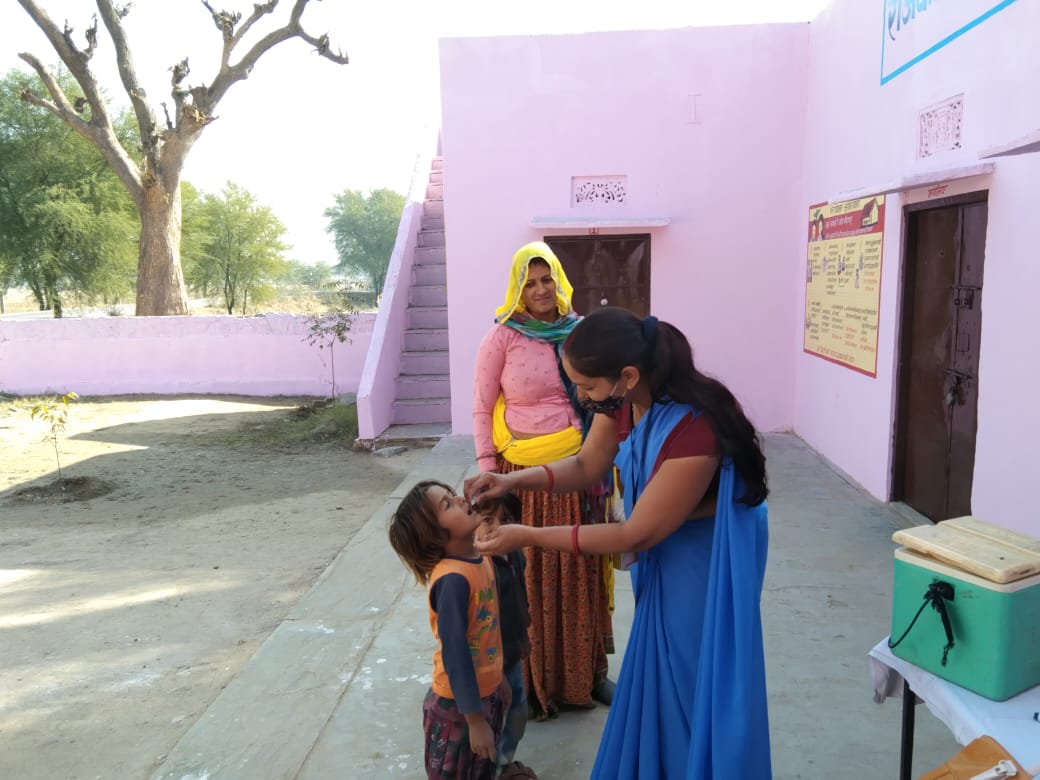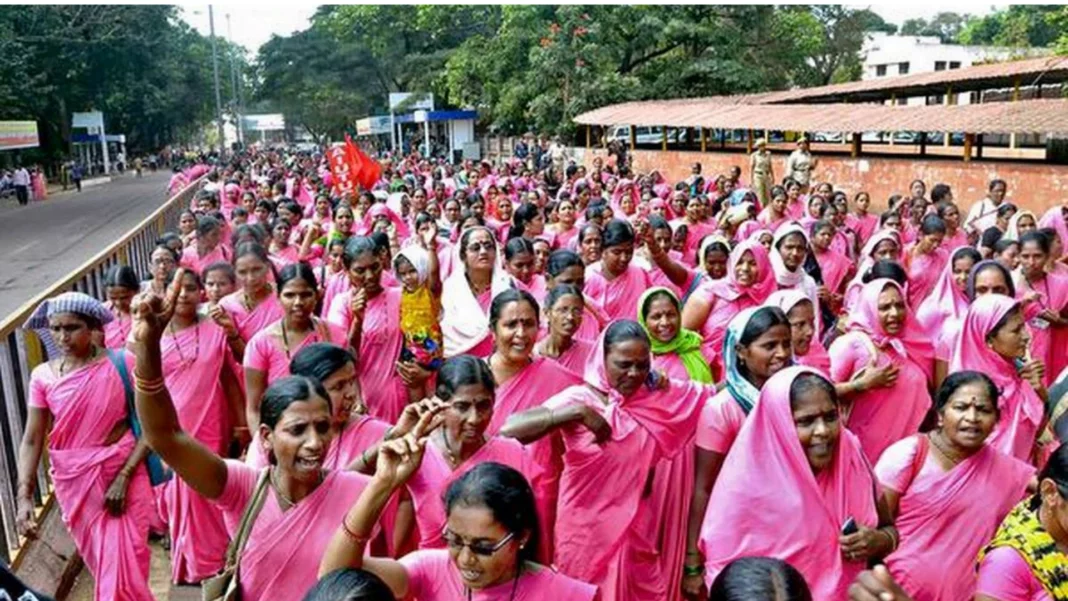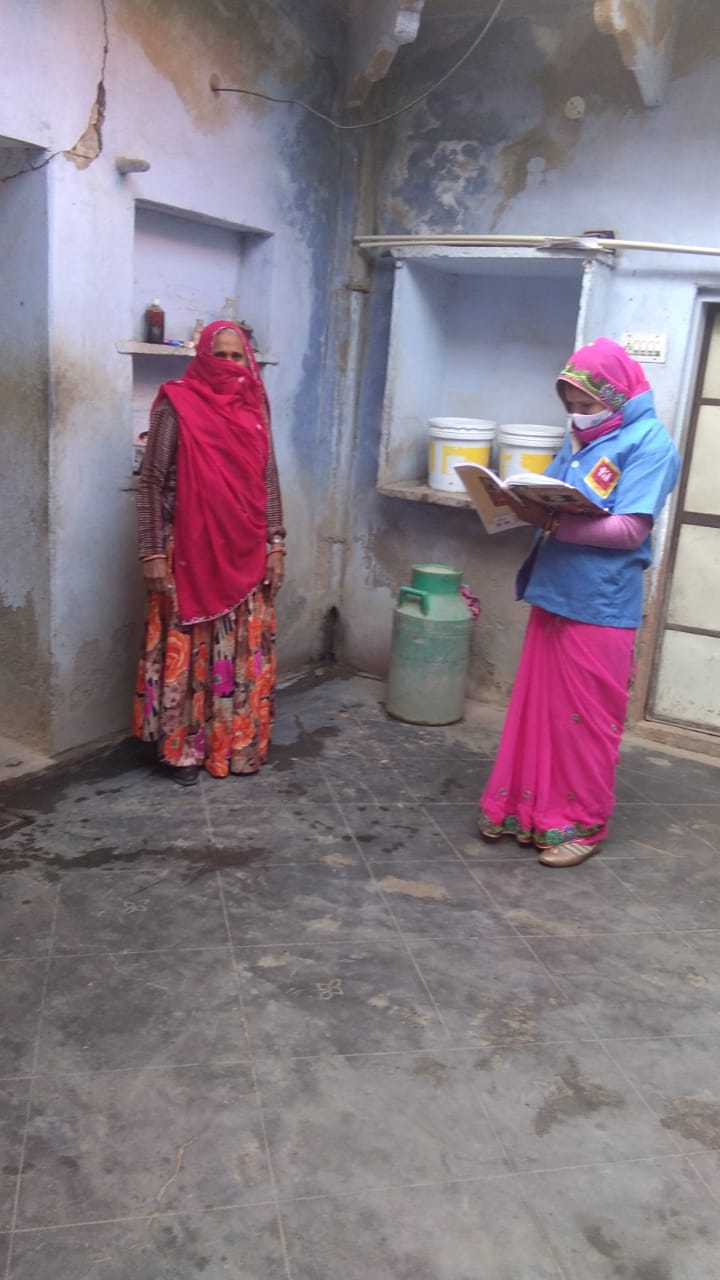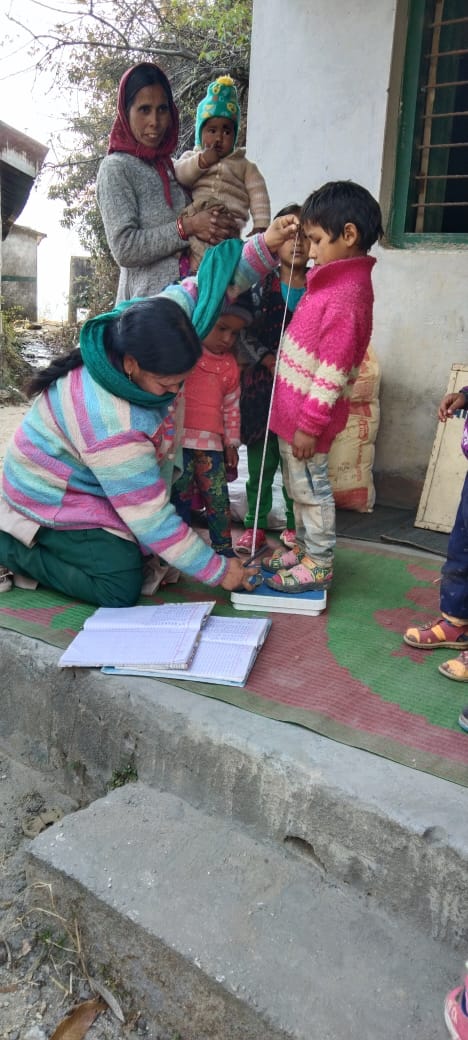For much of the Covid-19 crisis, we witnessed an outpouring of sentimental expressions of profuse respect and profound gratitude towards our healthcare workers on the front lines, who were valiantly shielding our society from the silent scourge of the pandemic. But when the lockdown was lifted, and we could once again experience the world outside of the four walls that encapsulated us for months, how much of this performative compassion actually translated to institutional change?
Not a lot.
The lack of pan-India mobilisation for healthcare workers meant that any receptivity to addressing their struggles was purely momentary, and any movements faced political and social inertia more often than not. But while the pandemic lent visibility to the prevailing issues, the paradigm of care extraction and labour exploitation, the day-to-day battles our nurses grapple with are hardly a new phenomenon. To truly delve into the edifices of the gendered struggles of the nursing industry, we must start at the beginning.
Caste, class, and the tiered nursing hierarchy
It would be a travesty to say that pre-colonial India was anything but a regressive society for lower caste women. These lower caste women from rural areas were predominantly the only women in medicine, practising intergenerational midwifery via their knowledge of obstetrics and gynaecology. Since nursing as a career was debased because of its status as a ‘feminine’ occupation, and a last resort of sorts for distressed women on the margins in Hindu society, it was typically relegated to the sidelines when it came to policy questions of funds allocation and infrastructural growth, a phenomenon which persevered until as well as after Independence.
These lower caste women from rural areas were predominantly the only women in medicine, practising intergenerational midwifery via their knowledge of obstetrics and gynaecology.
This lower-caste nurse, known as a ‘dai‘, a specialist in female reproductive and gynaecological health, was not only well-versed in the act of childbirth and postpartum care, but acted as a pillar of society via the versatile roles she fulfilled, from brokering marriage alliances to being a crucial part of social and communication networks.
However, upon being colonised, the Indian medical system witnessed a segmentation – the introduction of more advanced Western medical systems by the British did not end up usurping our indigenous forms of medicine, but instead coexisted alongside it, splintering the sector into two. The dai could not be eradicated from the framework due to her historical role in the societal fabric, so she was absorbed into the medical system too, but as the “inferior” helper to the technologically “superior” trained nurses.
With the rise of colonial power, the dai found her mastery and knowledge of midwifery and gynaecology debased by the patriarchal system and devalued by the insistence on the adoption of “better” Western healthcare and medicine. This process was further accelerated by colonial critiques of the dai, which revolved around her barbaric and unhygienic habits which supposedly contributed to the furthering of infanticide and maternity mortality rates.
This shunted the dai into the institutionalised role of hands-on bedside caregiver, offering more corporeal and affective labour, taking on the “dirtier” tasks that trained European nurses refused to. Therefore, in India, it was both caste and class that led to a greater division of labour and a change in the internal paradigm within the nursing profession.
Precarious labour: ASHAs, anganwadi workers, and community healthcare
This caste- and class- segregated nursing hierarchy continues to pervade the medical system till today. The lack of respect for nursing workers and their skills, as well as the patriarchal notion that healthcare work is just an extension of women’s services in the household has led to many issues for rural healthcare workers.
These workers took on incredibly vital roles during the Covid-19 crisis.
This can be seen in the struggles of Anganwadi workers and Accredited Social Health Activists (or ASHAs). These workers take on a legion of crucial responsibilities within India’s healthcare minutiae, which for Anganwadi workers revolve around nutrition, immunisation, and health-care check-ups and education under the Integrated Child Development Services (ICDS) programme, and for ASHAs focus on primary healthcare, including education and awareness of government health and nutrition related programmes, as well as distribution of medication and health service delivery.
These workers took on incredibly vital roles during the Covid-19 crisis. One would expect that such vital workers, working on the front-lines of the healthcare industry, would at the very least receive acceptable wages and benefits for the wide range of work they take on. Or would they?

The reality is often much worse than we can fathom.
Barring the issue that most Anganwadi workers and ASHAs did not receive additional wages for their roles during the Covid-19 crisis, they were also not equipped with the appropriate safety gears to protect themselves from the disease. As an ASHA worker from Rajasthan said, ‘We did not receive any face mask or gloves or face shields from the government. We were asked to buy masks ourselves or use cloth to cover our face. We were asked to go out, survey households and perform other duties without armouring us with safety measures. Why did the government ignore its foot soldiers like this? What is the use of appreciating us in public but still avoiding our demand of providing us with safety gears?‘ So not only were our healthcare workers quite literally risking their lives on the front lines, they were also not remunerated adequately or respected in any other fashion other than word-of-mouth.
Under the ICDS scheme, these workers are addressed as voluntary workers, paid not a wage but a very meagre ‘honorarium’ . As a group of anganwadi workers from Punjab exclaim, ‘Why do we not deserve to be called government employees? We work very hard and fulfil all our responsibilities and duties on time‘.
As Dr KK Pathak, Anaganwadi Nodal Officer, Rajasthan told NDTV: ‘They are low paid employees. In Rajasthan, they are getting Rs. 7,500 per month as honorarium. I don’t think it is enough for them to live a dignified life. We have almost 62,000 Anganwadi centres in the state and most of them work in harsh conditions and face range of issues like poor condition of the building, lack of space. Sometimes, the lack of cooperation from citizens also creates challenges for them especially when they refuse to send their children to the centre. But these women defy all odds and perform their duties well. The state is thankful to them. We have been trying to improve their condition but there is still a long way to go. Right now, we are not getting adequate funds from the centre. But when we get sufficient funds, it will be utilised in making things better for them.‘
This lack of regularisation means they are more vulnerable to exploitation and are unable to accept essential benefits, such as Provident Funds, pensions, and Employee State Insurance (ESI) cards.
This lack of regularisation means they are more vulnerable to exploitation and are unable to accept essential benefits, such as Provident Funds, pensions, and Employee State Insurance (ESI) cards. Anganwadi workers also have numerous other complaints with the execution of their work, such as inadequate infrastructure and insufficient space, and shortage of food supplied, which makes health education harder, as how can one preach about the importance of nutritional consumption when access to nutritional food is practically nonexistent?
Devaluation of healthcare work: care extractivism
So, what really went wrong with the treatment of the Anganwadi workers and ASHAs, and with the gendered nursing landscape itself? The answer lies within the government initiatives that were supposed to liberate women but trapped them into an unproductive cycle instead. These initiatives were, instead of being based on the logic of the welfare state, were based on the modern capitalist logic that leads to exploitation and extraction of the masses.
Simply put, bringing the logic of neoliberal capitalism into the health industry, while the best cost optimisation route for the government to take, simply means that any female empowerment programmes initiated by the Indian government are just a disguised way to exploit women’s unpaid labour. The treatment of the Angwadi workers and ASHAs can be pinned down to the government induced ‘Covid capitalism‘, a term coined by economists Tithi Battahacharya and Gareth Dale to define an economy of destruction which gives preference to death-making over life-making.
The economic strategies of rolling back the welfare state, of outsourcing, of voluntarism, of privatisation, meant the government could deliver on one public policy outcome outcome (health) at the expense of another (welfare). The incapability of the state in caring for our most vital front-line workers and failing to deliver necessary equipment has laid bare its systemic disregard and institutional feebleness. As the UNICEF said on the topic of India’s community workers, ‘It’s a silent revolution sweeping over, one family at a time.‘
References:
Who Cares? Care Extraction and the Struggles of Indian Health Workers. Book by Christa Wichterich and Maya John, (eds.)
https://thewire.in/labour/anganwadi-icds-child-development-ministry







